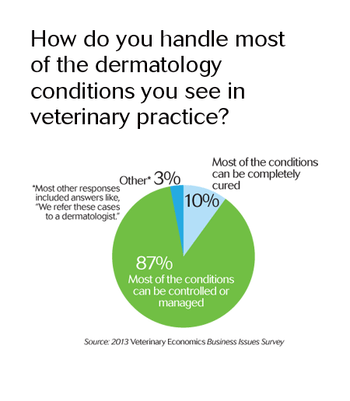
Make sure your conversations with veterinary clients about chronic skin conditions are more than just skin deep.

Make sure your conversations with veterinary clients about chronic skin conditions are more than just skin deep.

Dr. Paul Bloom gives his dosing protocol for long-term cyclosporine therapy in dogs.
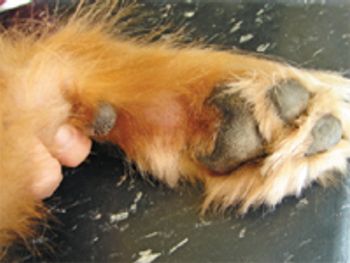
These practice pearls may help alleviate some of the itch of this irritating condition in your veterinary patients.

Dr. Ian Spiegel provides a thorough rundown on this itchy issue in cats.
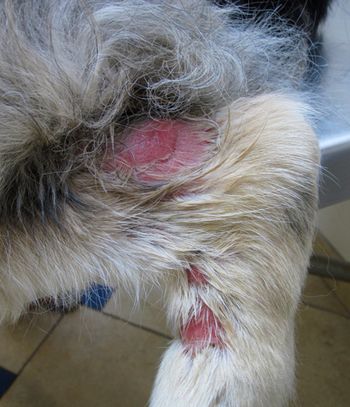
Pick the right diagnostic step in this senior dog.

Which therapies have the most evidence for efficacy? These researchers take a look.
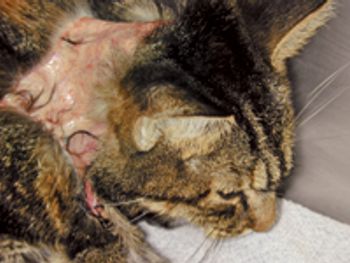
When an older cat develops a skin problem, the presenting complaint will point you to a group of possible diagnoses.
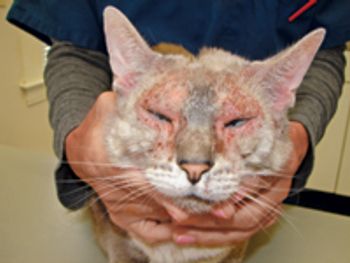
By bringing pets into our homes, we've increased their exposure to these common skin irritants.

Wyatt has a history of seasonal atopic dermatitis, but he has become progressively more pruritic over the past few weeks. Review all the details of Wyatt's case and help him overcome the itch.

Has one of these resistant infections invaded one of your patients? What should you do now to eliminate the infection? Read on...

Recent research has redefined the role of IgE and histamine in the pathogenesis of this disease.

Dr. Thomas Lewis discusses atopic disorders, sublingual immunotherapy, and barrier function.

Dr. Thomas Lewis discusses why we are seeing methicillin resistance on a daily basis and how to prevent its spread.

Dr. Paul Bloom discusses the importance of setting realistic client expectations.

Suggestions for managing a case of superficial folliculitis in dogs.
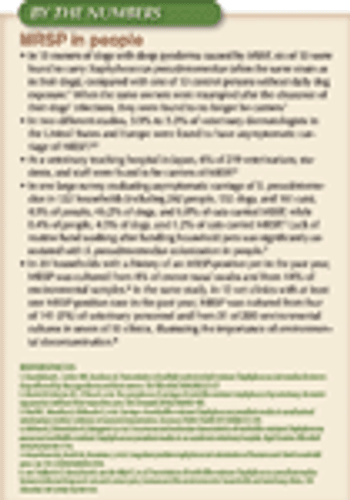
An overview of this increasingly common and concerning bacteria-consider it MRS 101.
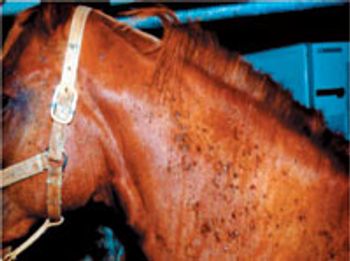
How to spot when something goes wrong with this essential barrier to the outside world.
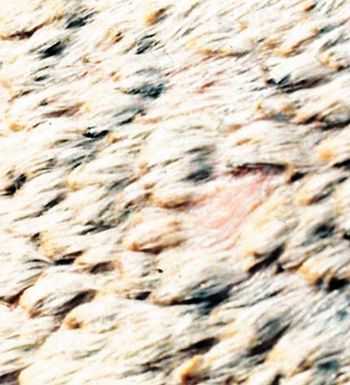
How to spot when something goes wrong with this essential barrier to the outside world.

Is there a difference between resistant and nonresistant strains?

An overview of news guidelines for diagnosing and treating this dermatologic disease in dogs.
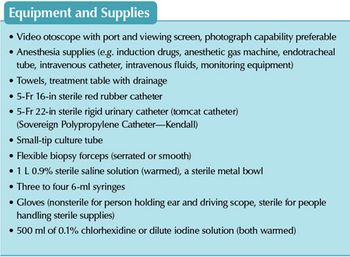
Careful preparation and technique are essential when performing this procedure.

Discover how to pinpoint the underlying cause of this condition and administer appropriate treatment.

Learn about how overheated water hoses and can cause scalding.

Although practitioners are growing more adept at diagnosing atopic dermatitis, the real challenge comes with providing immediate relief of patients' clinical signs while addressing their underlying allergic disease.

Summer fast approaches, and a danger lurks in your clients' yards--it's not the flora an fauna, but that garden hose your clients bathe their pets with.